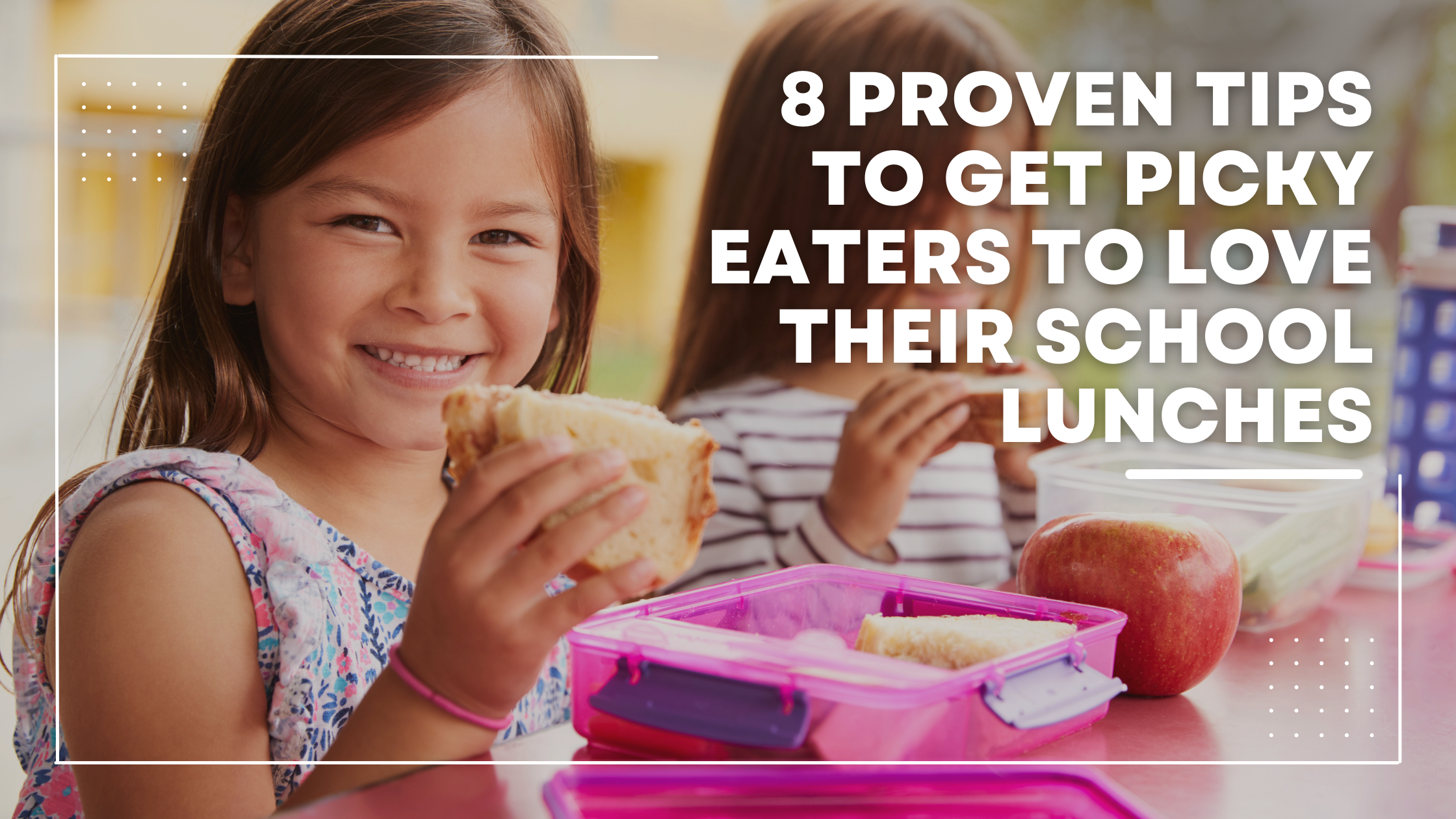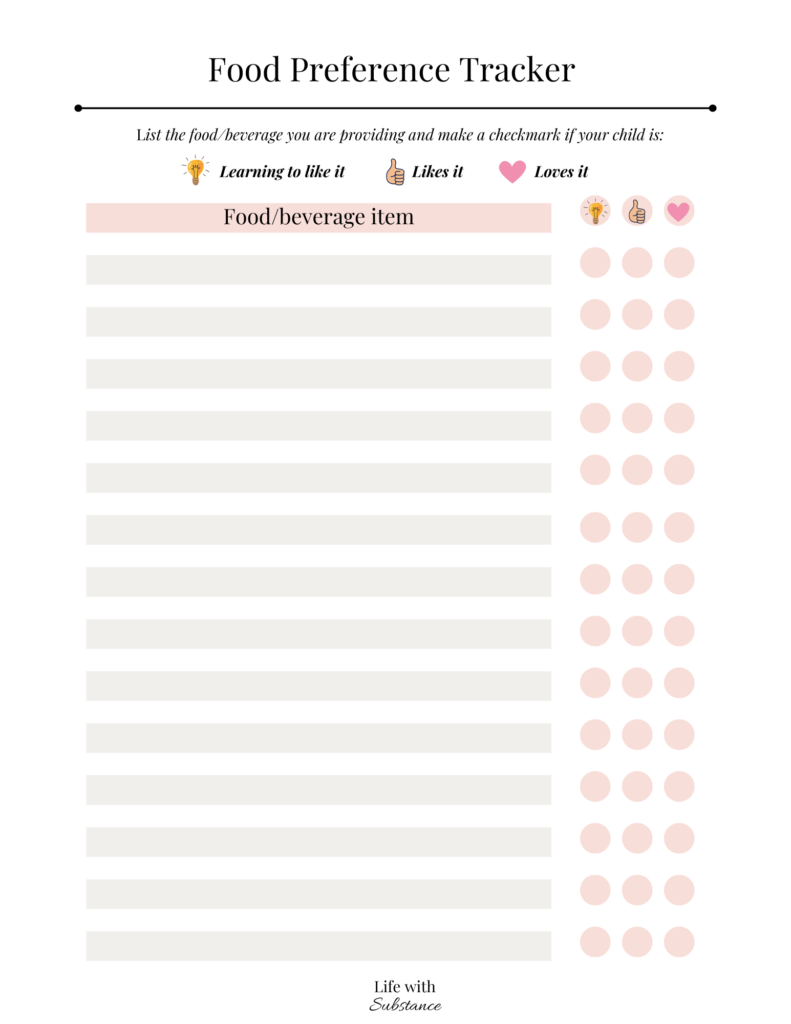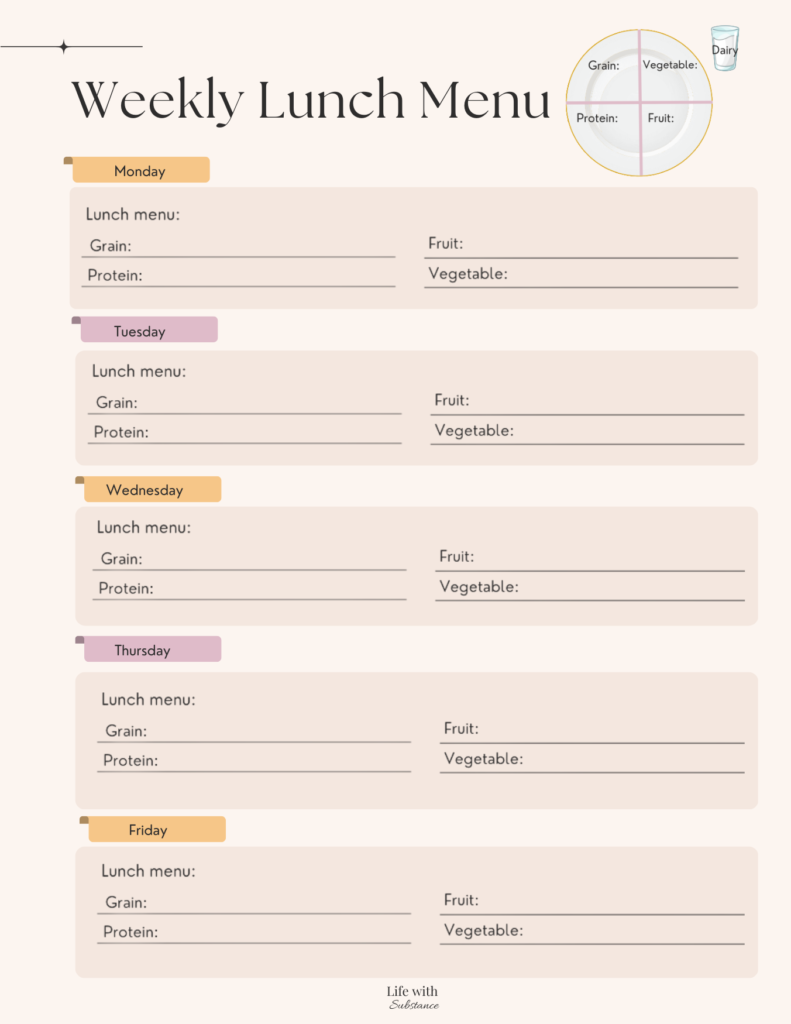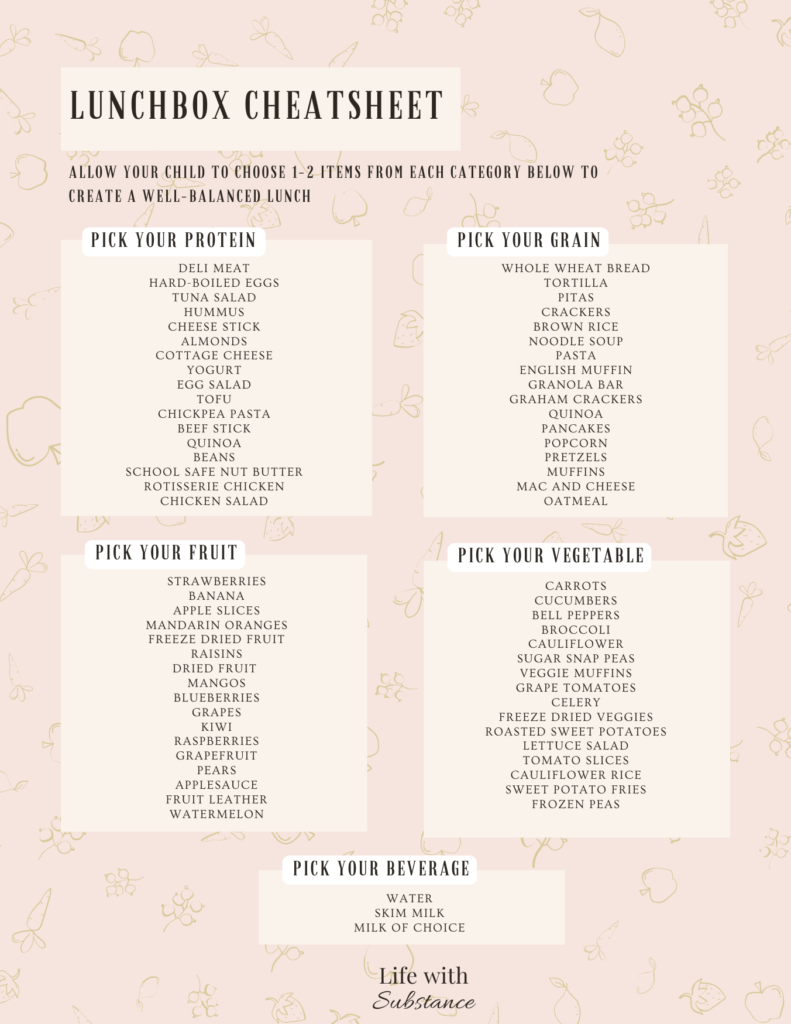This post may contain affiliate links. If you shop from one of our links, we may earn a commission.
Navigating the world of school lunches with picky eaters can often feel like walking a culinary tightrope. Every parent dreams of their child opening their lunchbox with excitement, rather than disappointment. But how do we turn this dream into reality, especially for those of us with kids who are less than enthusiastic about trying new foods? In this blog post, I’m going to share some tried-and-true strategies to ensure that even the pickiest of eaters look forward to their school lunches.
Understand Your Child’s Food Preferences
Unlocking the secret to satisfying school lunches for picky eaters starts with understanding your child’s food preferences. It’s more than just acknowledging that they turn their nose up at greens or only show enthusiasm for anything dipped in ketchup. Pay attention to textures and if there is a trend in textures they do not like – perhaps they favor crunchy over mushy, or maybe they have a penchant for creamy foods. Do they lean towards sweet flavors, or do savory dishes excite them?
Once you are better able to identify your child’s food preferences, you can more easily figure out what types of food to pack. This isn’t about indulging every whim, but rather, creatively adapting meals to mirror the flavors and textures they prefer. For instance, if your child has a sweet tooth, consider incorporating sweet fruits or vegetables like bell peppers, carrots, and strawberries into their lunches. For texture-sensitive kids, focus on smooth, blended soups or crunchy vegetables and dip, depending on their preference.
Remember, the ultimate aim is to weave their preferences into a balanced diet – it’s about compromise and clever substitution, not concession. A child who dislikes whole fruits might enjoy a homemade fruit smoothie. Similarly, a vegetable-averse eater might find a colorful veggie pizza more appealing.
This approach not only increases the likelihood of your child enjoying their lunch but also gently nudges them towards a broader palette over time. It’s a method that respects their current preferences while subtly expanding their culinary horizons, making each lunchbox a step towards a more adventurous eater.
Involve Them in the Lunch-Making Process
Empowering your child to play an active role in the role of prep work for their school lunches can be a game-changer in the battle against picky eating. By involving them in the lunch planning process, not only do you give them a sense of autonomy and decision-making power, but you also spark their curiosity and instill a sense of pride in what they eat. Take a few minutes each weekend to discuss with your child what types of foods they would enjoy putting in their lunch bag that week.
I have created a meal planning guide to help you and your child fill in each food category to make nutritious meals. Keep in mind, that they may not fulfill every category every time, and that’s okay. But this does help them to be cognizant of what foods we should aim to include for a sustainable lunch.
Keep this lunchbox cheat sheet on your fridge for easy lunch ideas and a variety of food choices.
Once the menu is set, invite your child into the kitchen to assist with lunch preparation. Depending on their age, they can take on tasks ranging from washing fruits and vegetables to assembling their sandwiches.
Meal Planning Encourages Intake
This collaborative process also serves as a perfect platform for introducing new foods in a low-pressure setting. When children feel they are part of the decision-making process, they are often more open to experimentation. Seeing new items on the counter that they helped choose might pique their curiosity enough to give it a try.
Inviting your child into the kitchen is about more than just getting them to eat their school lunches; it’s about nurturing a sense of independence, fostering a healthy relationship with food, and enjoying the precious moments of togetherness. By making them a partner in the lunch-making process, you’re setting the stage for culinary exploration and, ultimately, a more varied and enjoyable diet.
Make Food Fun and Appealing
Transforming school lunches to be enticing visually can be a powerful tactic in appealing to picky eaters. The allure of creatively presented meals can often overshadow the initial skepticism children may have towards new or less preferred foods. Employing simple, artistic touches to the lunchbox not only captivates their attention but also stirs an innate curiosity to explore and taste. For instance, utilizing a cookie cutter to fashion sandwiches into fun shapes like stars, hearts, or dinosaurs brings an element of surprise and delight into mealtime. But hear me out, your child’s lunch box does not need to be Pinterest-worthy. Because let’s be real, that’s exhausting and hard to keep up. But small little touches can make lunchtime exciting.
Incorporating color is another way to elevate the appeal of school lunches. Offer a variety of fruits and vegetables. Such visual diversity make lunchboxes more enticing but also encourages a balanced intake of nutrients. Silicone cupcake liners are a fun way to keep food separated while incorporating color.
This approach doesn’t require extensive culinary skills or artistic talent; it simply calls for a dash of creativity.
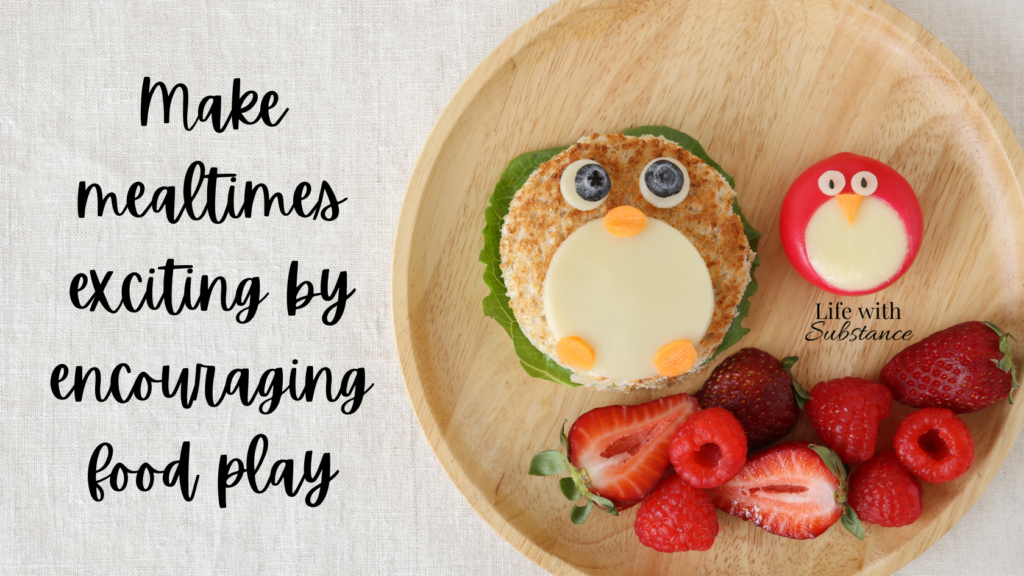
Pack Familiar Foods
While embracing creativity and exploration in your child’s school lunch menu, anchoring it with familiar foods can provide them with a comforting sense of stability and reassurance. Well-loved staples serve as a reminder of home and comfort. By incorporating these favorite items, you’re not only ensuring that your child feels at ease during mealtime but also increasing the likelihood of the lunchbox returning empty.
Consider your child’s all-time favorite dishes and brainstorm ways to make them lunchbox-friendly. If they can’t get enough of your homemade spaghetti, for example, consider packing a cold pasta salad that incorporates similar flavors. For the little ones who live for breakfast, why not include a portion of mini-pancakes or waffles? These can be dipped in yogurt or fruit compote, making for an easy lunch option. The goal is to still provide food at lunch time that you know they can enjoy.
Repetition with a Twist
It’s also worth noting the power of repetition with a twist. Serving a familiar food in a slightly different way can spark interest without straying too far from their comfort zone. A regular turkey sandwich can be rolled up and sliced into pinwheels. This slight change in presentation can make the same old ingredients feel novel and fun. This also prevents them from getting stuck in a rut of eating only the same foods in the same form, which can promote picky eating.
The inclusion of familiar foods acts as a bridge, gently guiding your child from the known to the unknown. It’s an approach that recognizes and respects their current food preferences while subtly encouraging them to broaden their horizons. This balance is crucial in crafting school lunches that nourish not only their bodies but their sense of adventure as well.
Keep in mind, that incorporating new or different foods into kids’ lunches isn’t the best opportunity. At best, kids only have 20 minutes for lunch, which is hardly enough time to finish their meal. The loud noise, high energy levels, and constant chatter with friends make it difficult for kids to stay focused on eating their lunch, let alone try new foods. The goal is to ensure your child is able to eat a satisfying lunch that can carry them through the remainder of their school day. Leave new ideas to test out at home with the whole family rather than their lunch boxes in the lunch room.
Try Separating Foods
Separating foods in your child’s lunchbox can be a remarkably effective approach for catering to picky eaters. This method is rooted in the understanding that children, particularly those with selective eating habits, often prefer their food items not to touch each other. It’s not unusual for young children to go through a phase of not wanting their foods to touch anymore. If you notice your child no longer wants their turkey sandwich touching their grapes, try putting them in separate containers.
Compartmentalized Lunchboxes
Utilizing bento boxes or compartmentalized containers can make this task effortless, allowing you to segregate foods into neat, appealing sections. This not only helps in maintaining the integrity of each food item but also presents them in an orderly, accessible manner that can be less overwhelming for a child.
For example, if you’re packing a meal that includes a sandwich, fruits, vegetables, and a small treat, each of these can reside in its own compartment. This clear separation respects your child’s current eating preferences while subtly encouraging them to acknowledge and eventually explore the variety before them. It’s an effective way to introduce newer foods without them being immediately dismissed due to their proximity to less favored items.
When foods are presented separately, it invites inspection and, hopefully, experimentation. Apple slices not touching the sandwich might just be tempting enough to try, especially if it’s cut into fun shapes or paired with a favorite dip in its own little section.
This approach also caters to the tactile preferences of children. Some may be more inclined to eat foods they can pick up and eat with their hands, making separated foods more appealing. Offering a variety of textures and flavors, each in its own designated space, accommodates these preferences and can make the lunch experience more enjoyable and less daunting.
In essence, separating foods in a lunchbox is a thoughtful strategy that respects the individual eating habits of picky eaters while gently encouraging a more diversified diet.
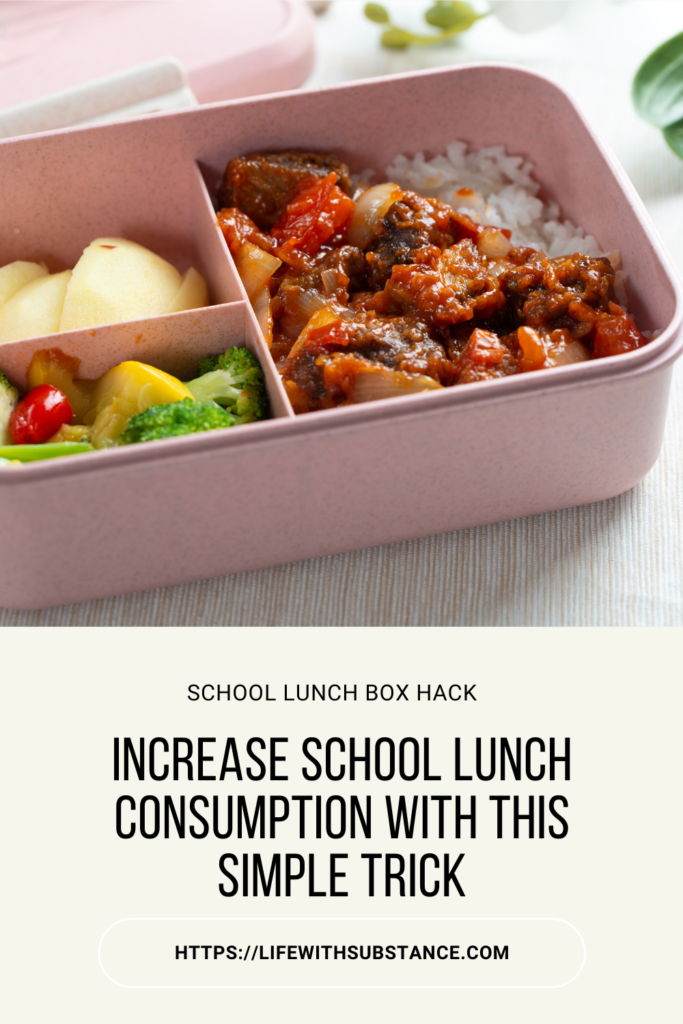
Ensure Packaging is Easy to Open
One aspect of school lunch preparation that’s often overlooked, yet critical for the independence and satisfaction of younger kids, is ensuring that all packaging is easy for them to open in the school lunchroom. The ability for children to access their food without struggling or requiring assistance is an important step in fostering their autonomy and confidence during mealtime. It might seem like a small detail, but it can significantly impact their lunch experience.
When selecting containers for your child’s lunch, prioritize options that are not only secure enough to prevent spills but also designed with child-friendly latches or easy-open lids. Containers that are too difficult for little hands to open can lead to frustration and, in some cases, discourage them from eating certain items if they can’t access them independently. Plus, it decreases the amount of time allotted to eat if they need to ask for help opening items.
Pre-Open Containers
In addition to choosing the right containers, consider the packaging of any pre-packaged items you might include. Individual snack packs, fruit cups, or yogurt containers should be easy for your child to open. If you find a product they love but the packaging is a bit tricky, you can always pre-open it slightly before packing it in their lunchbox, or transfer the contents into a more accessible container.
Also, don’t forget to do a “dry run” at home. Before sending your child off with their lunchbox for the first time, practice opening the lunch container together. This not only helps them get the hang of it but also allows you to identify any potential challenges they might face and make necessary adjustments. It’s a simple step that can make a big difference in ensuring that lunchtime is a smooth and enjoyable experience for your child.
It’s a thoughtful consideration that empowers them to enjoy their lunch with independence and ease, making the mealtime experience more positive and reinforcing their willingness to engage with the variety of foods you’ve provided.
Offer Small Portions of Less Desired Foods
When it comes to broadening the palate of picky eaters, the adage “less is more” couldn’t be truer. Offering small portions of less desired foods alongside their favorites in the lunchbox can act as a gentle nudge rather than an overwhelming push toward trying something less desired. The key here is subtlety—introducing these foods in bite-sized amounts makes them far less intimidating, and less likely to provoke resistance.
This approach respects your child’s current comfort levels while still presenting an opportunity for growth. Remember, the lunchbox is not the arena for first introductions to new foods; these are best saved for the home environment, where the stakes are lower and the setting is more conducive to experimentation.
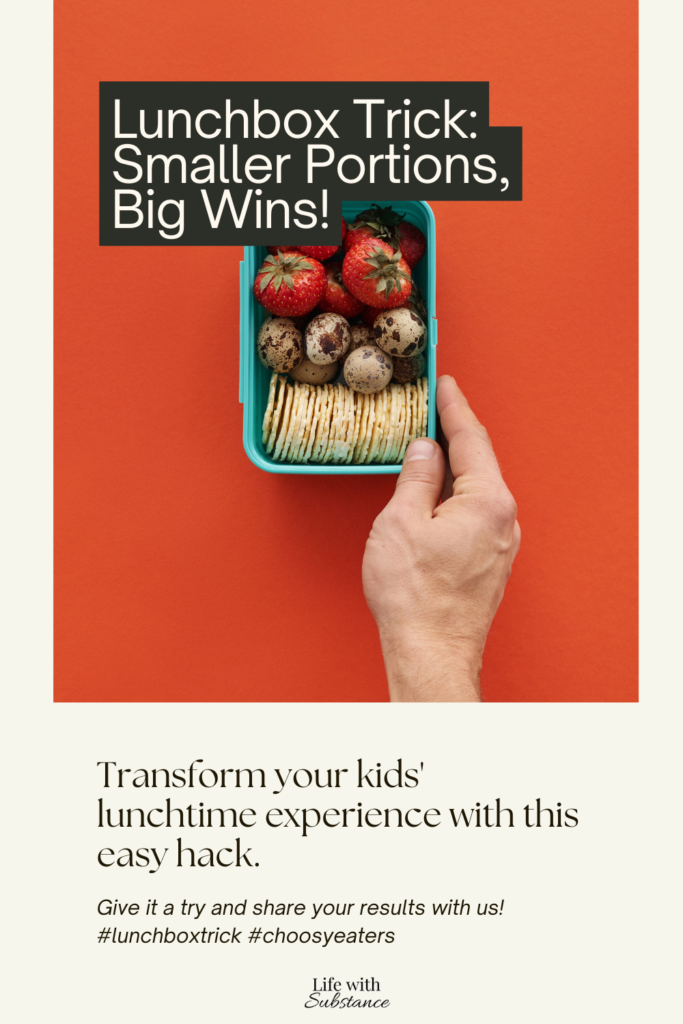
Keep Foods Familiar
By presenting a small amount in a familiar context, surrounded by foods they already enjoy, you’re creating a safe space for these less desired items to slowly gain acceptance. This method not only reduces food waste but also encourages a gradual, more organic expansion of their food repertoire without the pressure of immediate acceptance. Keep in mind, the less desired item is not a new food or a food they don’t like, but rather one they will eat but may not be their first choice.
Introducing your child to new culinary landscapes doesn’t have to be a daunting task. A key strategy in making unfamiliar foods more appealing to picky eaters is to present them in small, manageable portions.
Offering a little bit, or just a bite, reduces the pressure on your child, transforming what might seem like an overwhelming challenge into a simple, “no big deal” taste test. It’s about making the unfamiliar familiar, one small bite at a time. If offering a less desired food, be sure that your child has plenty of other familiar foods in their lunchbox that they enjoy and can fill up on if they choose not to eat the less desired item.
Division of Responsibility
The concept of the Division of Responsibility in feeding encapsulates a balanced approach to mealtimes, especially crucial for parents navigating the dietary preferences of picky eaters. In this framework, the parent’s role is to decide the ‘what, when, and where’ of eating. This means providing a variety of nutritious foods at set meal and snack times in a designated eating area. On the other hand, the child’s role is to choose ‘whether and how much’ to eat from what is offered.
This clear delineation of responsibilities respects the child’s autonomy over their body while ensuring they are presented with consistent and healthy eating options. It’s a strategy that cultivates a stress-free dining environment, free from power struggles over food.
Remember, at the end of the day, it’s not your job to make your child eat. By adhering to this division, you’re encouraging your child to listen to their body’s hunger and fullness cues, fostering a healthy relationship with food that can last a lifetime. This mutual respect for roles is a great way to ensure that mealtime remains a positive, nourishing experience for everyone at the table.
In Summary
In making school lunches a hit with your picky eater, we’ve traversed through a variety of strategies from understanding and integrating your child’s food preferences, to involving them in the meal preparation process and making their food visually appealing. We’ve also touched on the importance of packing familiar foods, ensuring packaging is easy to open, and the gentle introduction of less desired foods in small portions.
These approaches underscore the essence of school lunchtime: providing a satisfying and nutritious meal that fuels their day and fosters a positive relationship with food. Remember, school lunches aren’t the venue for culinary experiments but rather an opportunity to reinforce comfort and satisfaction through food. By employing these strategies, you’re not just packing a lunchbox; you’re nurturing your child’s independence, curiosity, and nutritional well-being.
